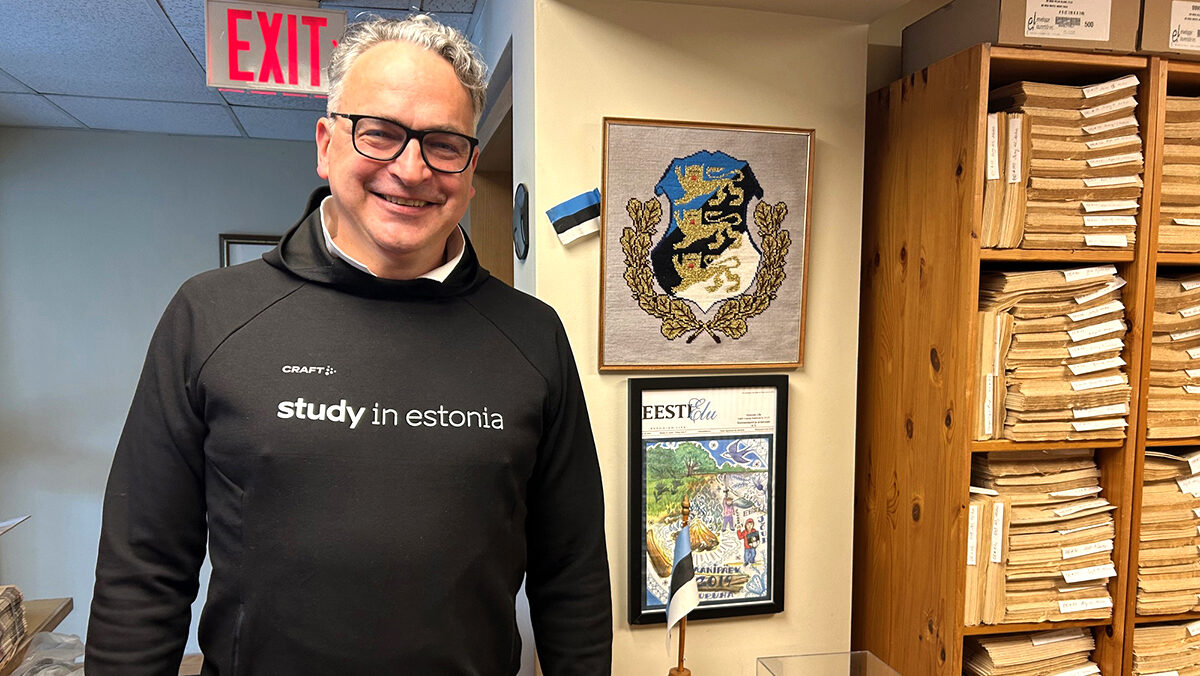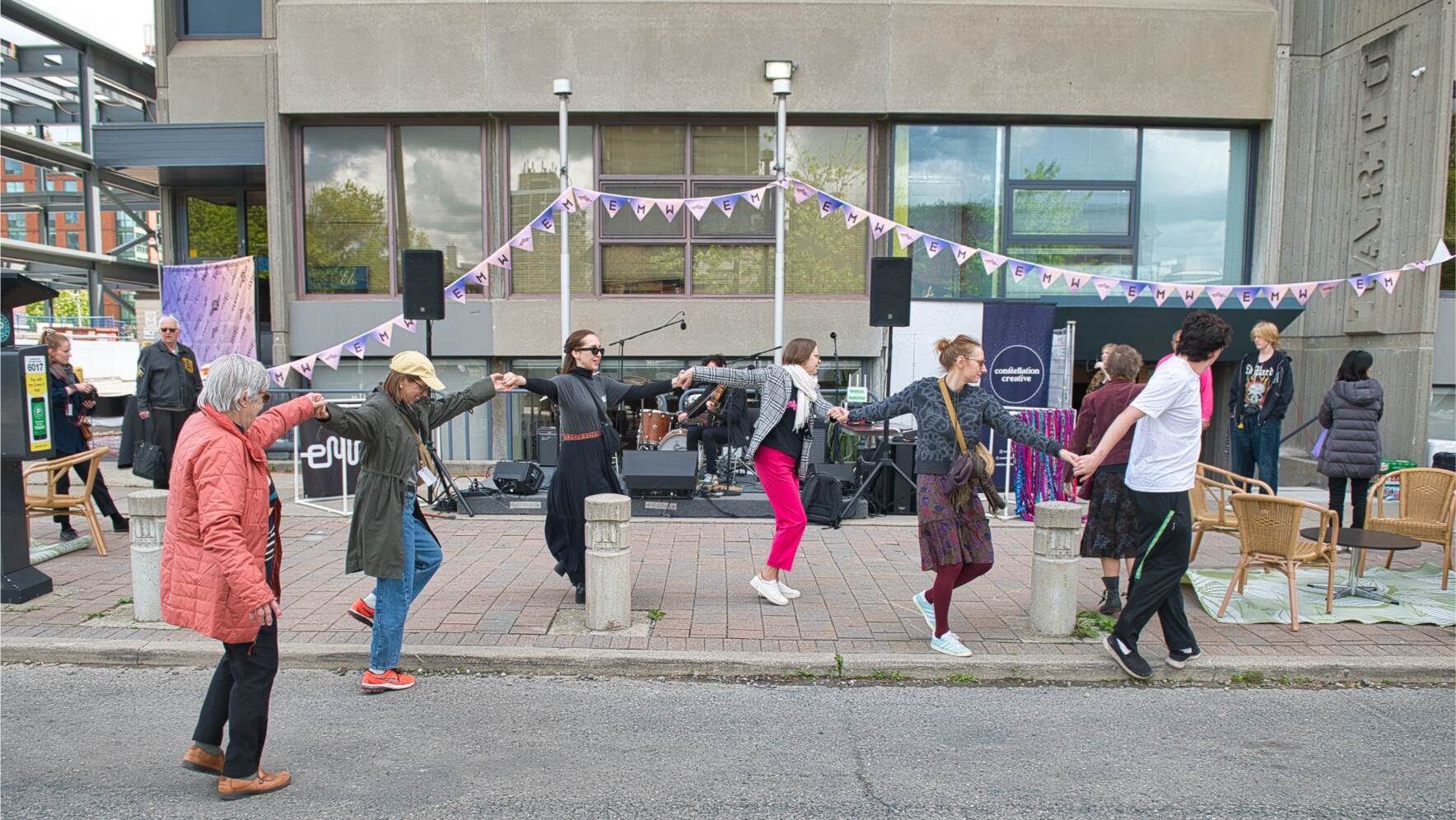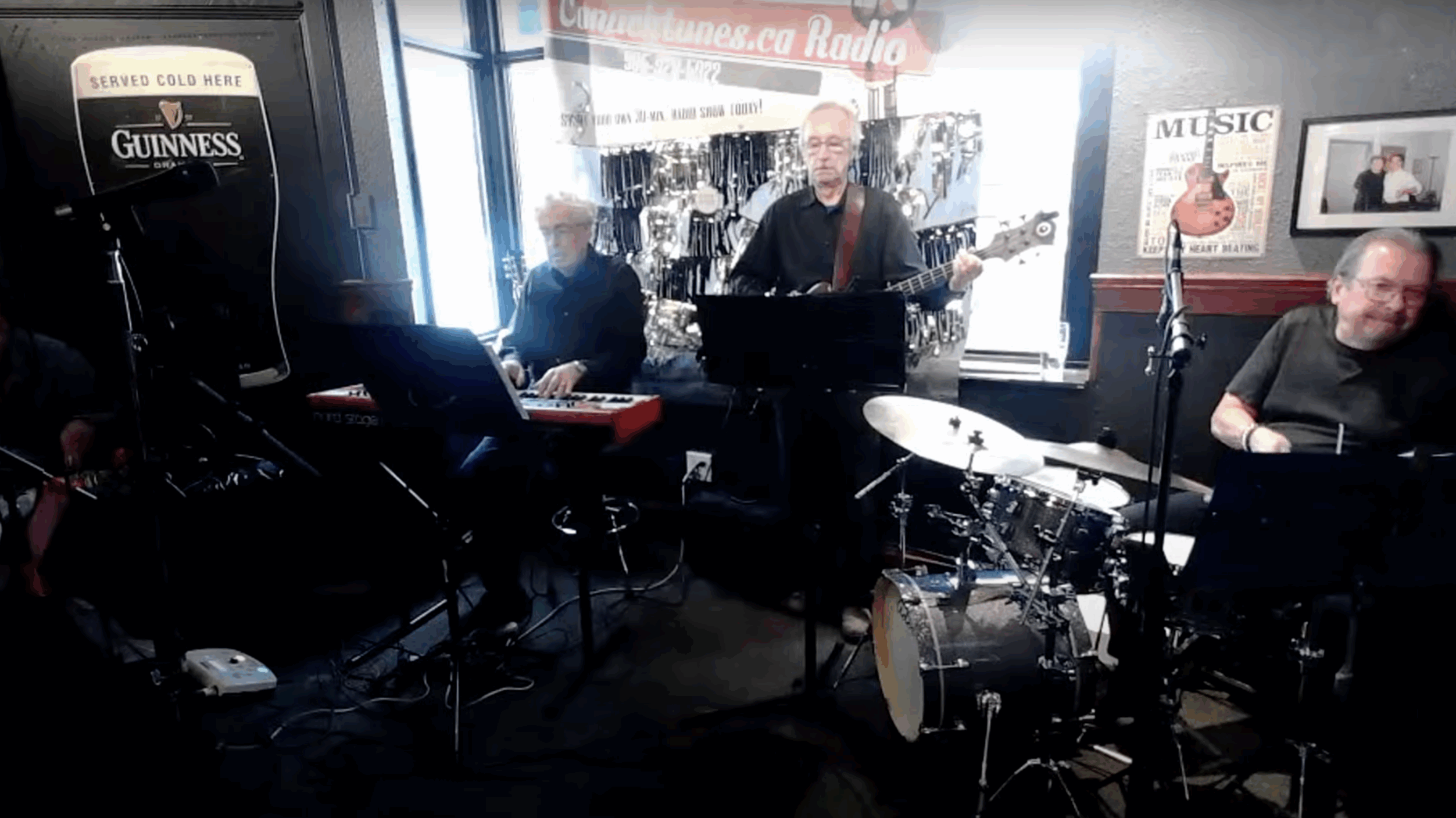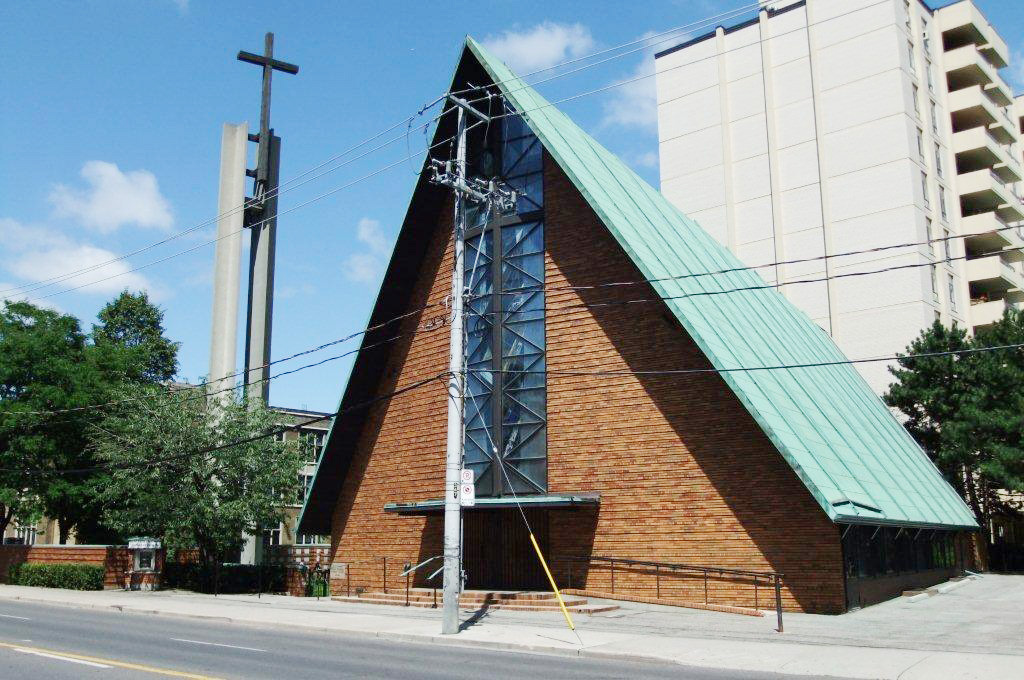And we might overlook those emblems, even when they adorn printed programs, flags, hundreds of shirts, tickets, books, buildings, videos, and websites. Yet, at some point, someone had to conceptualize them and probably draw them by hand.
The Estonian-Canadian community has a number of well-known and well-loved youth organization and camp logos — such as those used by Põhjarada Gaidlipkond, Skautlipkond Põhjakotka, Jõekääru, and Seedrioru — but where did they come from?
Copies are found in Rahva Raamat’s used book collection, the collection of the Estonian Archives in the US, off-campus storage for Stanford University, and through Estonian community members if you know who to ask.
We do in fact have historical records that answer this question. With Seedrioru Estonian Summer Camp in mind, you can find the story behind the logo in the book Seedrioru, 1955-1980 (published by Oma Press Ltd. / Sihtasutus Lõuna-Ontario Eestlaste Suvekodu in 1980). Copies are found in Rahva Raamat’s used book collection, the collection of the Estonian Archives in the US, off-campus storage for Stanford University, and through Estonian community members if you know who to ask. In this case, we have valued Eesti Elu contributor Merike Koger and a friend of hers in Guelph to thank for enabling this investigation.
Become a subscriber to continue reading!
Every week we bring you news from the community and exclusive columns. We're relying on your support to keep going and invite you to subscribe.
Starting from $2.30 per week.



